Ko te wai te ora o ngā mea kātoa
Water is the life giver of all things.
The concept of Wai Ora captures the importance of how the state of our environments where we live, learn, work and play have a significant impact on the health and wellbeing of our people.
Our Lead Systems Innovator Eddie Edmonds has recently completed the Wai Ora programme through Te Whare Wānanga o Awanuiārangi and shares his reflections and learnings as a way to grow our collective understanding.
Through the Wai Ora programme we practiced the role of kaitiaki in small bodies of water, learning about how we can bring life to our awa. As kaitiaki it is important for our whānau and hapori to be guardians of the whenua, to maintain and care for our land including all bodies of water. We do this to make sure that our rohe and all life within our rohe is in the best possible condition for future generations.
So what does this look like in practice?
We set the hīnaki in the awa to catch tuna and count the numbers of longfin or shortfin. We measured their length so we can estimate how old they are before we release the tuna. The longfin tuna is on the endangered species list, but surprisingly there is still a commercial quota for it, which is like managing it into extinction.
Māori acknowledge landmarks and natural resources which identify their rohe and the life within their rohe. To me, kaitiakitanga is the process and practice of protecting our natural resources for future generations. By caring for our environment we provide kai and wai for our mokopuna. The state of the whenua is, or will be, a reflection of its people. Whenua is also a word for placenta; a healthy whenua reflects healthy people. We need to think of wai as a taonga, it is vital for our mental and physical wellbeing.
This holistic view is in place to ensure that there is balance within our natural world. Kaitiakitanga is being a voice for that tuna in that awa.
Our native whānaunga in America have a proverb “we do not inherit the earth from our ancestors; we borrow it from our children!”
There is a Māori whakataukī that means the same; “manaaki whenua, manaaki tāngata, haere whakamua”. Which translates to “if we take care of the land and take care of the people, we will take care of the future.”
I know that we can’t go back to the past, but there are elements of the past that we can revive to help reshape our future wai environment.
My aspiration for future generations will be for the whenua of their time, to feed them well with nourishing foods, clean waters and an environment that looks after their hauora. I am interested to hear your whakaaro on how might we grow our understanding as a community the value of wai?
